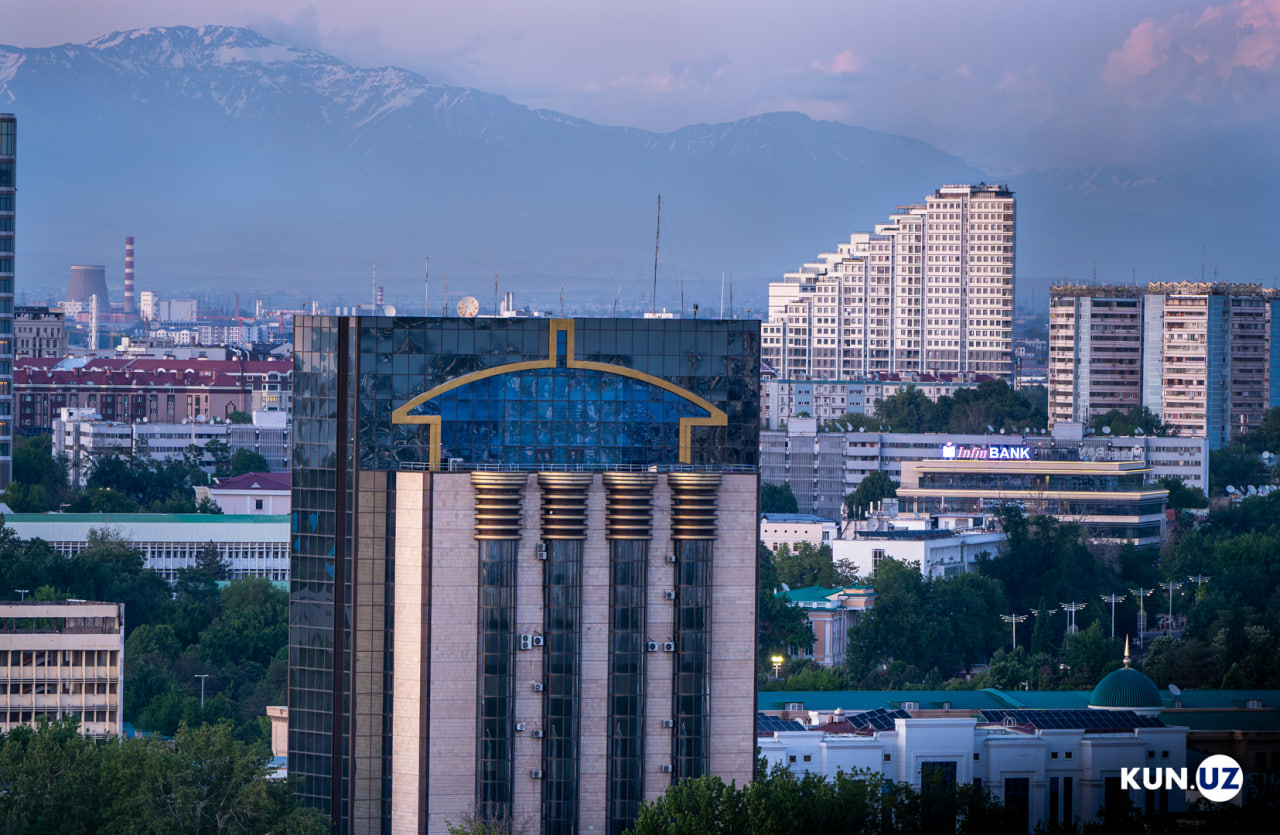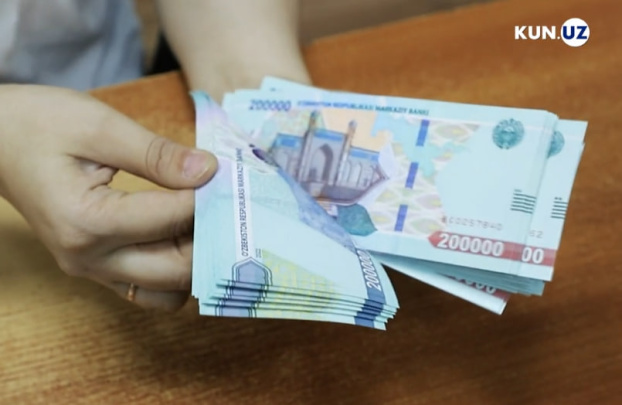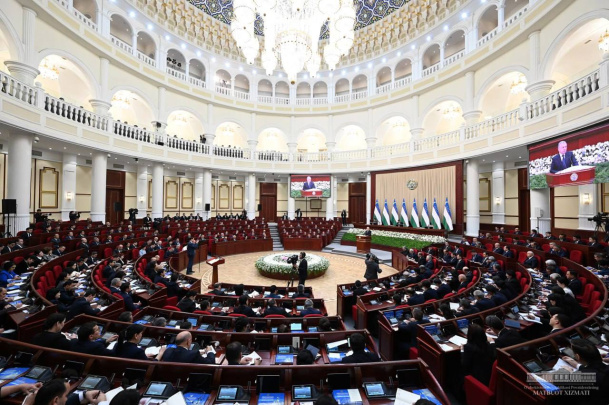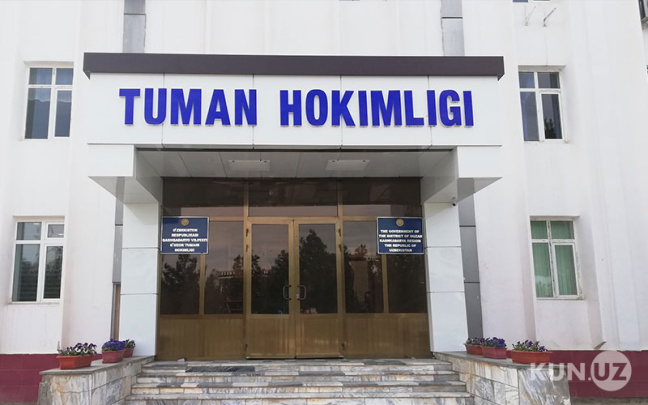Central Bank of Uzbekistan outlines economic scenarios for 2025-2027
The Central Bank of Uzbekistan has outlined three scenarios for the country's economic trajectory over the next three years, revealing plans to adapt to varying global and domestic conditions. These scenarios — base, alternative, and risk — reflect a strategic approach to monetary policy for the 2025–2027 period, as detailed by the Central Bank's press service.

Photo: KUN.UZ
Base Scenario: Steady Economic Growth Amid Global Recovery
Under the base scenario, Uzbekistan’s economy is expected to grow on the back of global economic stability and continued structural reforms. This optimistic scenario anticipates:
- A decline in global inflation,
- Positive growth in the world economy,
- Stable high prices for commodities,
- Increased investment demand, and
- Sustained structural reforms.
Inflation is forecast to decrease to 6–7% by 2025, supported by a disciplined monetary policy. Inflation rates are then projected to reach the targeted 5% by late 2026, while real GDP is expected to grow between 5.5% and 6% in 2025, potentially rising to 6–6.5% by 2027.
The Central Bank will focus on monetary and macroprudential policy coordination to reduce inflationary pressures and stabilize the economy.
Alternative Scenario: Adapting to a Slowdown in Major Economies
The alternative scenario considers the risk of prolonged high global inflation, economic slowdowns in major markets, and increasing global fragmentation. In this context, Uzbekistan would bolster domestic consumption with fiscal support to counteract reduced external demand.
Inflation would hover around 7–8% in 2025, drop to 6% by the end of 2026, and reach the target 5% by mid-2027. Economic growth is projected at 5–5.5% for 2025, with gradual acceleration to 5.5–6.5% by 2027. The Central Bank may tighten monetary policy, including raising the base interest rate, to manage inflation.
Risk Scenario: Managing Supply and Climate-Driven Pressures
The risk scenario accounts for potential climate challenges and energy supply-demand imbalances, which could hinder production and drive inflation. Fiscal stimulus would be intensified to sustain growth, though inflation might remain elevated at 8–9% in 2025 and 7–8% in 2026, only reaching 5% by the end of 2027.
In response, the Central Bank would likely raise interest rates and implement stricter monetary policies. The government would also collaborate with the Central Bank to address non-monetary inflation drivers.
Strategic Enhancements in Monetary Policy
To ensure effective policy transmission, the Central Bank plans to:
- Improve operational frameworks and interbank market functions,
- Refine short-term forecasting models,
- Strengthen coordination between monetary and macroprudential policies, and
- Increase public transparency through expanded statistical releases.
Uzbekistan’s economic outlook reflects a balance between opportunity and caution, with the Central Bank prepared to navigate global and domestic challenges.
Related News

16:32 / 21.11.2024
Uzbekistan outlines plans to address 2025 budget deficit

15:51 / 20.11.2024
Government sets ambitious goal to lift 1 million citizens out of poverty by 2025

14:56 / 20.11.2024
Uzbekistan's public debt forecasted to hit $45.1 billion by the end of 2025

14:58 / 19.11.2024



